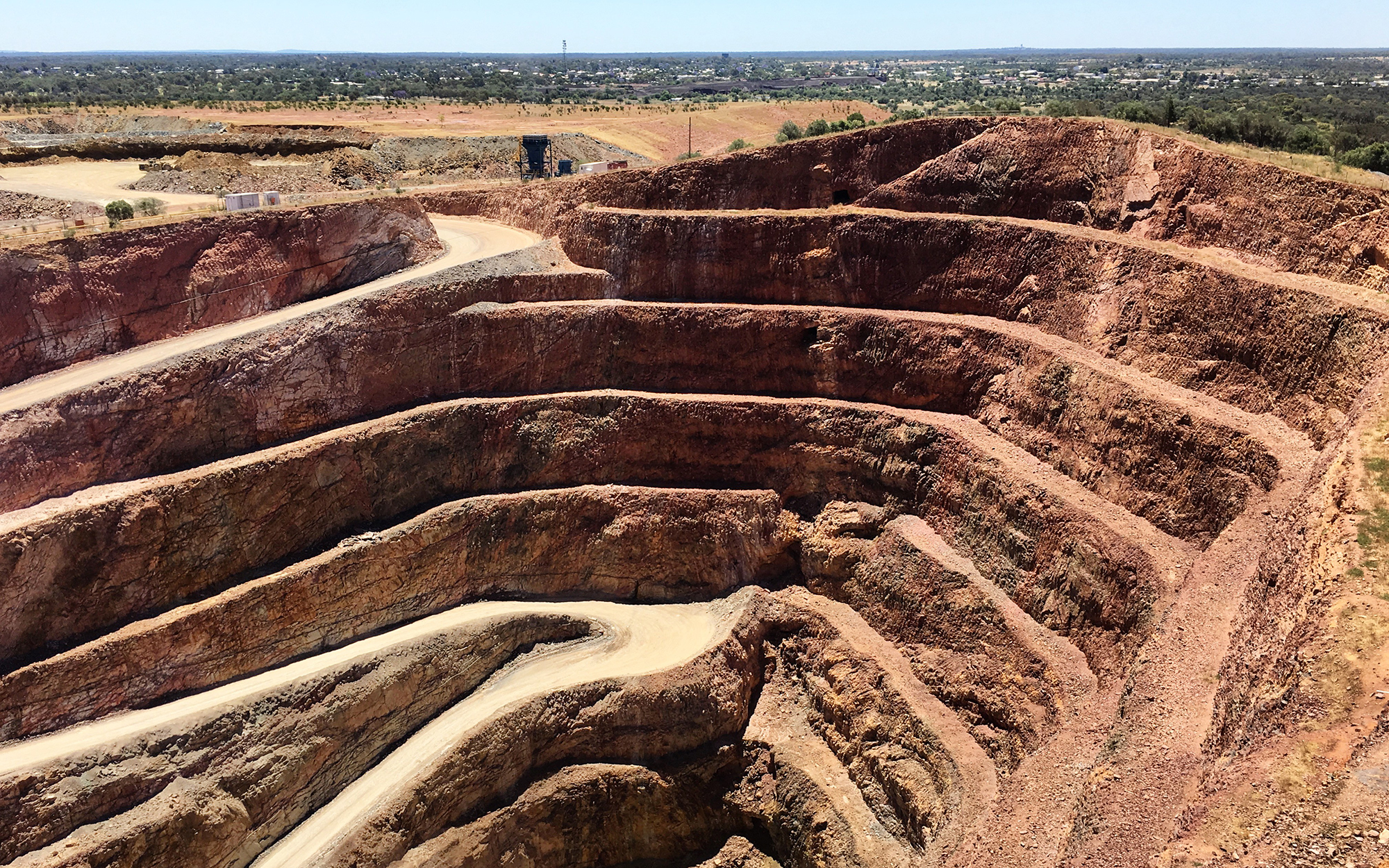The department plays a crucial role in the assessment, management and review of major developments in NSW. Under the provisions of the Environmental Planning and Assessment Act 1979 (EPBC Act), the department provides advice to the NSW Department of Planning and Environment and major project proponents to ensure that development is sustainable and consistent with the broader management principles of the state's water resources and their dependent ecosystems for the benefit of both present and future generations. The Department of Planning and Environment's Water Assessment team coordinates the provision of this advice.
In reviewing and preparing comment on major development proposals, we take into account the requirements of the Water Management Act 2000, Water Act 1912 and related regulations/instruments (e.g. water sharing plans) as well as relevant policies and guidelines such as the Australian Groundwater Modelling Guidelines.
At the time of exploration, and before a project becomes a major development, the NSW Resource Regulator requires the preparation of a Groundwater Monitoring and Modelling Plan (GMMP) as a standard condition of licence for exploration (drilling) under the Mining Act 1992 and Petroleum (Onshore) Act 1991. The GMMP is a program to document groundwater settings through data acquisition and monitoring to support the development of a groundwater impact model to be used in the environmental impact statement.
Information
Read the Groundwater Monitoring and Modelling Plans - Information for prospective mining and petroleum exploration activities for more information.
Download the plans (PDF. 98KB)Our role
View a summary table of what we do at each stage of the major project planning process and the information required from the proponent at each of these stages.
Major development proponents should contact the Assessments team within the department via email at landuse.enquiries@dpi.nsw.gov.au to seek comment, review, or undertake consultation (PDF, 73.99 KB
State significant development
Our department is responsible for providing advice, managing policies and water access licences relevant to state significant developments and state significant infrastructure (SSD and SSI) under the Environmental Planning and Assessment Act 1979.
See Major Projects for more information on our role in assessing major projects.
Non-state significant development
Where an activity is defined as non-state significant development under the Environment Planning and Assessment Act 1979, a Review of Environmental Factors (REF) allows the assessing agency to determine whether or not the activity requires a higher level of assessment in the form of an Environmental Impact Statement (EIS). If an EIS is not required, the assessing agency will recommend either the approval or rejection of the REF submitted by the proponent.
The department recommends that proponents refer to the Aquifer Interference Policy Assessment Framework (PDF, 115.37 KB) when preparing an EIS for a major project.
The EPBC Act 'Water Trigger'
Australia's national environment law, the Environment Protection and Biodiversity Conservation Act 1999, was amended in June 2013 to provide that water resources are a matter of national environmental significance in relation to coal seam gas and large coal mining development. This amendment is known as the water trigger.
The water trigger allows the impacts of proposed coal seam gas and large coal mining developments on water resources to be comprehensively assessed at a national level.
Under the water trigger, any coal seam gas or large coal mining developments that are expected to have a significant impact on water resources must be referred to the Commonwealth Independent Expert Scientific Committee (IESC) for advice. As part of their assessment, the IESC may seek advice from us. Based on the IESC's advice, the Minister can set appropriate conditions as part of the project approval to ensure that any significant impacts on a water resource are acceptable.
The rules surrounding the referral of coal seam gas and large coal mining developments to the IESC by the NSW Government are prescribed under an agreement between the NSW and Commonwealth governments.
Find out more information on managing impacts from coal mining and coal seam gas.
Incidental water take by mines in the Special Areas of the Sydney Drinking Water Catchment
A water allocation trading rule that applies to mines located within the Sydney Drinking Water Catchment Special Areas provides a way for these mines to obtain water allocation to account for their incidental (unintentional and uncontrollable) surface water take under the Water Management Act 2000 (the Act) and pay for this water.
By providing a way for the mines to account and pay for their incidental water take, the trading rule helps to improve the way the NSW Government monitors mining activities and manages water resources in the Special Areas.
It also provides greater equity amongst water users as the mines have to account and pay for the water they take in line with what other mining companies and water users are required to do.
What the trading rule allows
The trading rule allows WaterNSW to trade water allocation from water access licences it holds in the Sydney Drinking Water Catchment to unregulated river access licences held in relation to coal mines in the Woronora and Metropolitan Special Areas. The receiving licence must be held for the purpose of accounting for incidental surface water take only (e.g. surface water take being taken due to mining impacts).
What the regulation of incidental surface water take will achieve
Frequently asked questions
Our FAQs provide more information about the allocation trading rule for incidental water take by mines in the Special Areas.
Download the FAQs (PDF. 71KB)